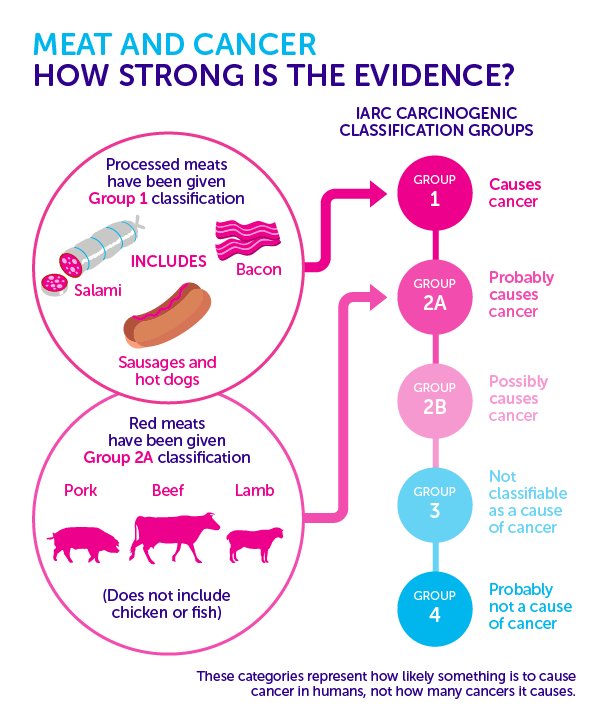Where the name of cesarean section is coming from?
The early history of cesarean
section remains shrouded in myth and is of dubious accuracy. Even the origin of
"cesarean" has apparently been distorted over time. It is commonly
believed to be derived from the surgical birth of Julius Caesar, however this seems
unlikely since his mother Aurelia is reputed to have lived to hear of her son's
invasion of Britain. At that time the procedure was performed only when the
mother was dead or dying, as an attempt to save the child for a state wishing
to increase its population. Roman law under Caesar decreed that all women who
were so fated by childbirth must be cut open; hence, cesarean. Other possible
Latin origins include the verb "caedare," meaning to cut, and the
term "caesones" that was applied to infants born by postmortem
operations. Ultimately, though, we cannot be sure of where or when the term cesarean was derived. Until the sixteenth and
seventeenth centuries the procedure was known as cesarean operation. This began
to change following the publication in 1598 of Jacques Guillimeau's book on
midwifery in which he introduced the term "section." Increasingly
thereafter "section" replaced "operation."
One of the earliest
printed illustrations of Cesarean section. Purportedly the birth of Julius
Caesar. A live infant being surgically removed from a dead woman. From
Suetonius' Lives
of the Twelve Caesars, 1506 woodcut.

